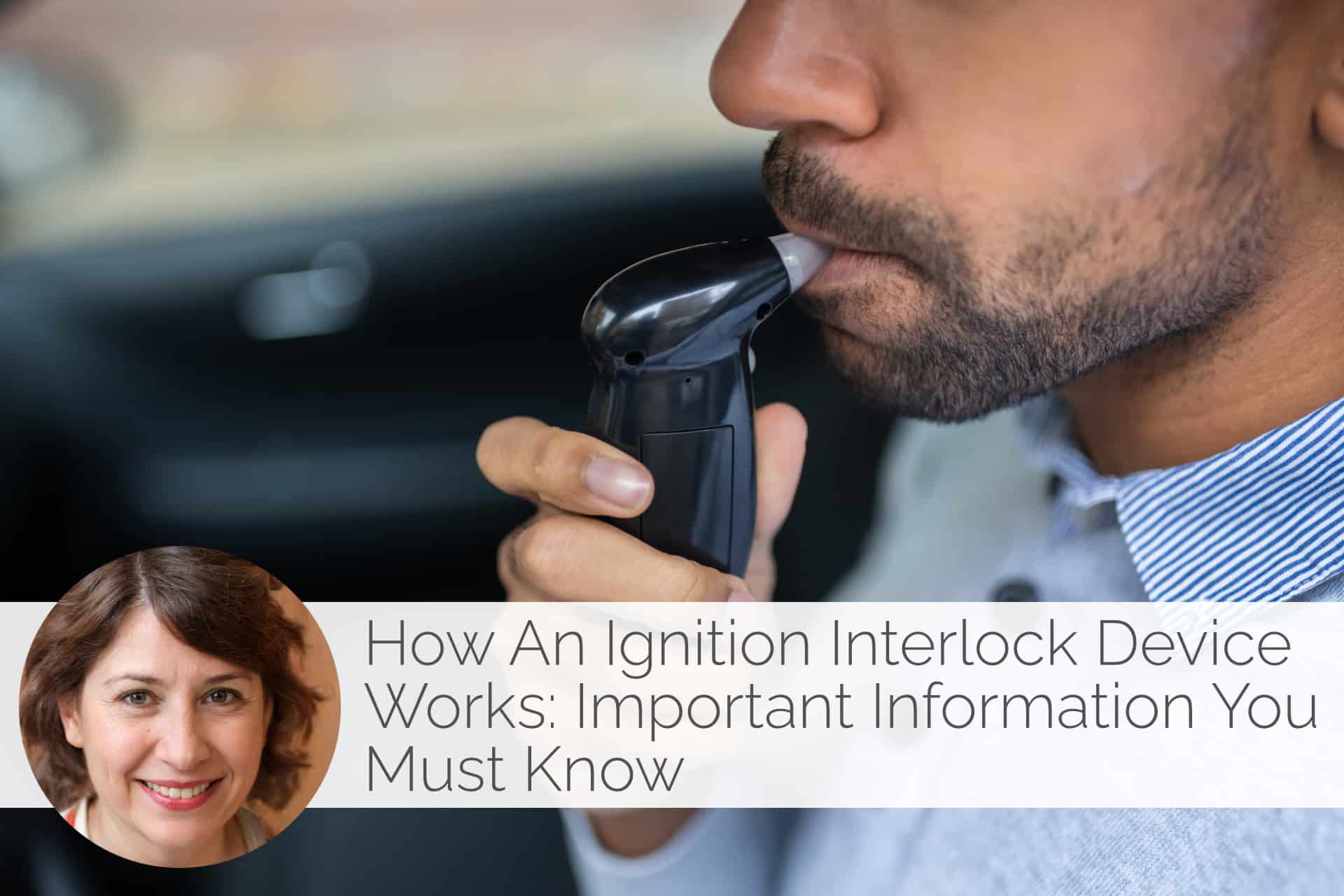I. Introduction
An ignition interlock device (IID) is a small, handheld breathalyzer made for car ignitions. It is designed and installed to prevent users from starting their vehicles until a breath alcohol test is taken.
An IID is also known by many other names, including car interlock, in-car breathalyzer, and blow and go. If you have been convicted of driving under the influence (DUI), an ignition interlock device installation may be required.
There are various DUI and related offenses in California that you can be convicted of that will require the installation of an ignition interlock device. For example:
II. First time DUI (BAC over .15%)
If your blood alcohol content (BAC) is greater than .15% and you are convicted of DUI, the judge will most likely consider installing an ignition interlock device in your vehicle.
III. Driving on suspension (from previous DUI)
If you are caught driving using a suspended license and the suspension was due to a DUI, you may be required to drive with an ignition interlock device as soon as your license is reinstated.
You are also required to find and register with an approved interlock service provider. Regular inspection by the service provider is also mandatory. If you prefer not to have an interlock device installed, you cannot drive until the condition has been removed from your license.
IV. How an Ignition Interlock Device Works
If the judge orders you to install an ignition interlock device as part of your California DUI probation, you are required to do the following:
– Have a professional install the IID
– Have an IID installed in every car you drive or own (motorcycles and cars owned by your employer are exempted)
Before starting your car, you need to blow into the IID first. The breath sample should be alcohol-free. Otherwise, the vehicle will not start.
The IID will ask for random samples once you begin driving. These samples are called “rolling samples.” You will have six minutes to provide a sample. If you don’t pass the test, your car will not be disabled. However, the IID will register a “fail” on your log. The court will be provided with a copy of the log.
In California, IIDs are designed so only the driver can provide a breath sample. This can be accomplished by:
– Requiring a specific breath pattern
– Having a very short cord so the device won’t reach the back of passenger seats
– Requiring random samples
– Making it a crime to have someone fraudulently provide their breath sample
Moreover, IID technology is so advanced that it can detect and record the following:
– Attempts to tamper or disconnect with the device
– All engine stops and starts
– All breath test results
Once installed, California IIDs need to be taken in for servicing every 60 days.
California Ignition Interlock Device Cost
If you have an IID, you will spend around $2.50 per day if you live in California. Some companies will also charge an average of $75 to $100 for the installation. You will also have to pay for the maintenance and calibration of your IID.
IID Noncompliance
It is important to remember that your driving privilege can be revoked or suspended if you fail to comply with your IID restriction. IID noncompliance includes:
– Failure to service the IID within 60 days
– Failure to maintain or calibrate the device within 60 days
– Bypassing the IID
– Tampering the IID
– Removing (or attempting to remove) the IID
Your driving privilege can also be revoked or suspended if you remove the device before the end of the restriction period.
V. Conclusion
If you are required to install an ignition interlock device, ensure you work with an approved provider and complete the program without any violations so you will be back on the road in no time.









